It only takes just a fraction of a second to suffer a pretty serious burn. Asphalt and concrete in direct sunlight can often reach surface temperatures as high as 82 Celsius (180 Fahrenheit) on the hottest days, said Dr Kevin Foster, who directs the Arizona Burn Center in Phoenix.
Forecasters predict another heat wave in Phoenix this week after the U.S. National Weather Service declared the city had sweltered under high temperatures above 43°C (115°F) for 30 consecutive days in July. Across Europe, high temperature records have tumbled this summer and major heat waves in much of the world are expected to persist through August.
Due to the elevated temperatures in Phoenix, doctors have treated numerous patients who suffered burns from falling on the ground or touching surfaces that were much hotter than the recorded air temperature.
Surface temperatures play a critical role in how hot the surrounding area gets and also present a health risk during extreme heat events.
During heat waves, a substantial amount of the sun's energy is absorbed and reflected by surfaces exposed to its rays, leading to their temperatures increasing significantly. These warm surfaces then transfer their heat to the surrounding air, increasing the overall air temperature. While some permeable and moist surfaces, like grass or soil, absorb less heat, other construction materials like asphalt or concrete are capable of absorbing as much as 95% of the sun's energy, which is then radiated back into the surrounding atmosphere.
During days when the thermometer shows 38°C (100°F), this temperature refers to air temperature, which meteorologists usually measure over a meter above the surface. However, at those temperatures, surfaces such as asphalt or cement can reach temperatures higher than 65°C (149°F), which can cause skin burns. It's important to be aware of these surface temperatures and take precautions to avoid injuries.
URBAN HEAT ISLANDS
The process of urban development profoundly changes the landscape. Natural and permeable surfaces are replaced by impermeable structures like buildings and roads. This creates what climatologists call “urban heat islands”, areas within cities that experience significantly higher temperatures compared to nearby rural regions.
These are also areas with high concentrations of people. In Europe, nearly half of schools and hospitals in cities are located in urban heat islands, exposing vulnerable populations to health-threatening temperatures as climate change impacts worsen, according to the European Union's environment agency.
According to the U.S. Environmental Protection Agency, the annual mean air temperature of a city with 1 million or more people can be 1 to 3°C (1.8 to 5.4°F) warmer than its surrounding areas. On a clear, calm night, this temperature difference can even reach as high as 12°C (22°F) compared to rural areas.
Urban heat islands are created through a combination of factors. Green spaces and vegetation play a vital role in reducing surface temperatures through evapotranspiration, where plants release water to the surrounding air, dissipating ambient heat. Meanwhile, urban geometry, with its obstructive structures, traps heat at night. Additionally, urban surfaces absorb and store more heat compared to natural ground cover, raising temperatures further. Understanding these factors helps us create cooler and more sustainable cities.
Thermal satellite images reveal cities' thermal profiles, areas that experience warmer and cooler temperatures based on the local landscape. The difference parks make in cities' temperature shows the critical balance between urban development and green spaces, which help mitigate high temperatures. Even small green spaces can make a difference. In Greece, city planners in Athens have created “pocket parks”, transforming small plots once ridden with garbage and weeds.
“It’s about creating green spaces, lowering the temperatures, giving quality of life and creating new reference points inside the city,” Athens Mayor Kostas Bakoyannis said.
© Thomson Reuters 2023.
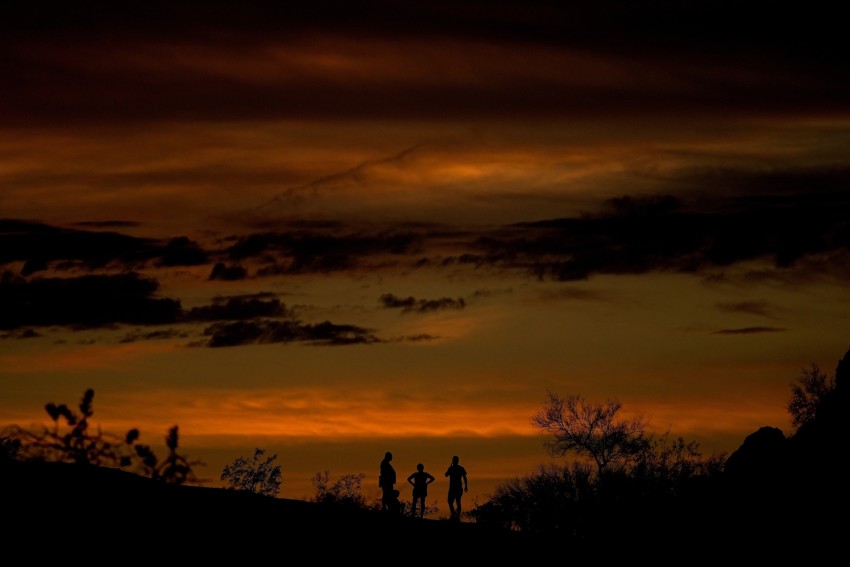



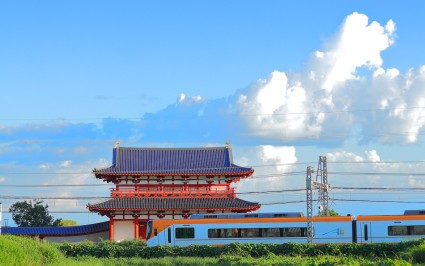



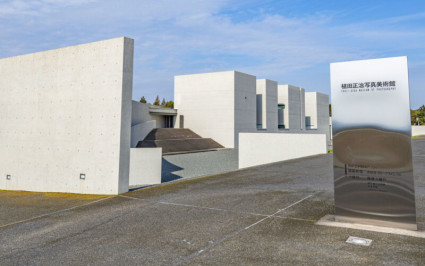
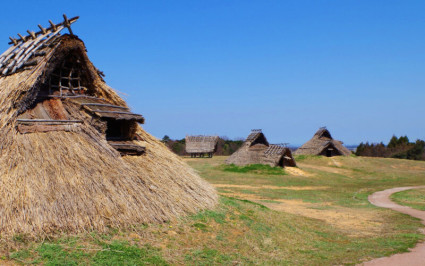
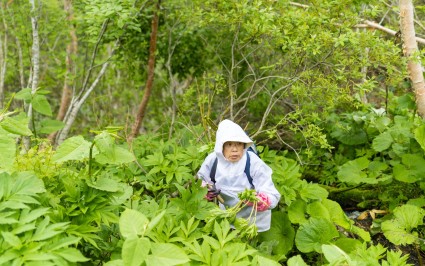

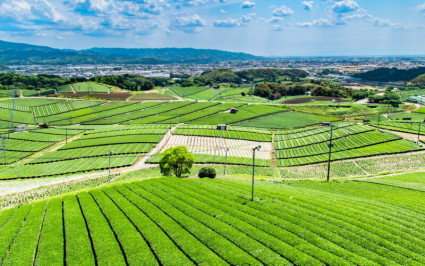


4 Comments
Login to comment
1glenn
Here in the States, and worldwide, heat kills more people than every other natural disaster, combined.
Some cities have almost a complete absence of trees in their downtown areas. Having trees would give shade, and reduce ground level temperatures.
In Los Angeles they have experimented with painting some blacktop white. Anecdotally, people living there have reported a huge drop in temps near those streets. Where one half of the street is left black, and one half painted white, people have said there is a huge difference in temps.
The last time a hurricane made landfall in California was in the 1850s. I worry that with global warming, and with a possible weakening of the arctic current off our coast, hurricanes making landfall will happen more frequently. I dread the thought of Los Angeles's weather becoming like Miami's.
JeffLee
We need an article like this pertaining to Japan. i'm tired of seeing grass areas disappear and trees removed or pruned to nothing while more and more concrete is laid in my part of Tokyo over the past couple of decades.
Speed
In Japan, the LDP and the construction companies are constantly putting concrete wherever they can.
The rivers I live near have had massive amounts of concrete added "for safety" in the last 15 years.
Come on voters. Vote this party out!
factchecker
"We need an article like this pertaining to Japan. i'm tired of seeing grass areas disappear and trees removed or pruned to nothing while more and more concrete is laid in my part of Tokyo over the past couple of decades."
Yep, in addition to the millions of air conditioners pumping out additional hot air in an already hot city.